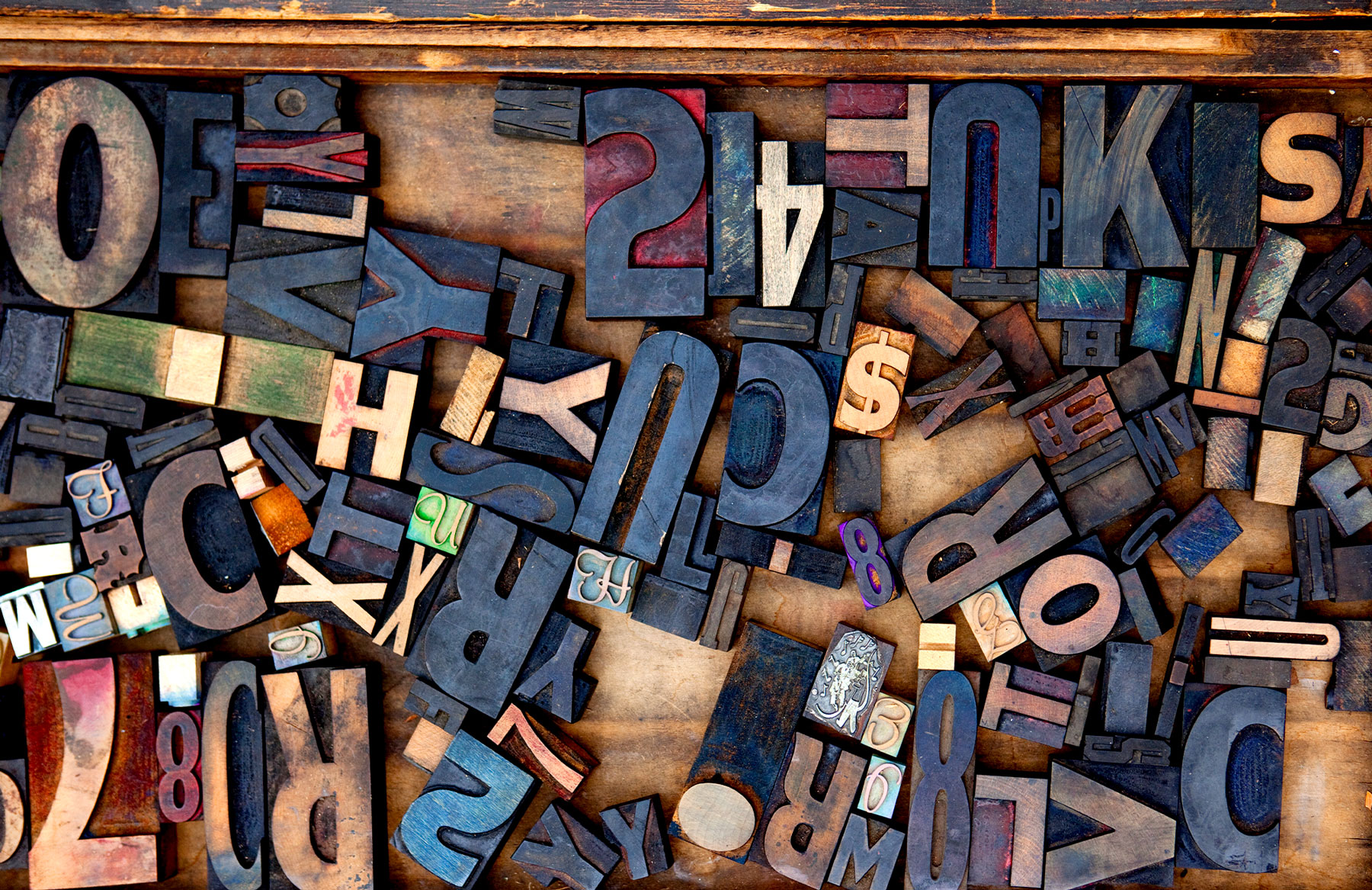

Trebuchet is actually one of my favorite system fonts, so this one was too easy.


Most people have never heard of Corbel and,… just look at it! What about two of the most hated fonts of all time, Courier and newbie Calibri? Mixing Times New Roman with Arial can look this Good? There are a few ‘made-up’ rules you can find on the internet but in the end, you can make most fonts in the right proportions work with each other. Pairing Fonts is a skill – much like composition, color, and layout. Note: Serif fonts are generally considered more legible/readable than sans-serif fonts in paragraphs. Times New Roman looks best at its optimal size which is 10pt. Arial Bold looks a little like Helvetica at really small and really big sizes with the right letter spacing. For Arial, it is 12pt although it is also very legible at 10pt. This is the size at which the font is the most legible – but not necessarily the sexiest. Most fonts have an optimal size for legibility. There are fonts that have the same space between them, they are called ‘monospace’ fonts and are rarely used – because they tend to be less legible. Note: The majority of fonts have proportional spaces set between each character. With really big headers it looks better when there is almost no line spacing to interrupt the flow.

Sometimes going beyond the standard 120% makes your body content look elegant, but might decrease legibility. A good test is to read your body or header a few times and see how easy it is for your eye to find the next line. The standard leading is typically 120% of the font size.
#BEST FONTS FOR POWERPOINT WINDOWS FULL#
That includes all sizes, left, right, center and full justified, headers, blurbs, bold, italic and so on. Standard letter spacing is designed to work best across all scenarios.
#BEST FONTS FOR POWERPOINT WINDOWS PROFESSIONAL#
Setting the letter spacing, (known as ‘tracking’ in professional typography) is the first opportunity to make your system fonts look beautiful. Letter Spacing and Line Spacing should never be standard So let’s look at ten techniques to make system fonts look beautiful and make your presentation NOT SUCK.īONUS: Includes an editable PowerPoint template with samples. There are a few ways and hacks to do this (not going to discuss that here), but what you should know is that none of them are perfect and fault free. There is another problem with custom fonts, and that is embedding them into your presentations. A presentation with Arial can look better than some overly-designed presentations with their fancy-schmancy custom fonts. A good designer should be able to work with these fonts just as they would have to work with a customer’s CI font. While the standard way in which PowerPoint displays ‘system’ fonts might be perceived as boring, it would be cheap to say your presentation will always look bad if you use Arial or Times New Roman. You may have heard people say “System fonts are boring!”, “System fonts suck!” and “Never use system fonts again!”.


 0 kommentar(er)
0 kommentar(er)
